From one Fall birth is when the baby is born unusually quickly - i.e. in a period of less than two hours. The mother has only a few contractions during the fall birth. The risk of injury - for mother and child - is increased. Even if the risk of a fall birth is only increased after several births, first-time mothers can also be affected. Above all, if the pregnancy has been hidden or repressed, precipitated births can be the result.
When things happen very quickly: what is a fall birth?
The concept of Fall birth describes a special birth process that does not last more than two hours from the onset of the very first labor to the birth of the baby. In the end, it is a normal birth, whereby the mother does not go into labor or the birth process is immediately accompanied by strong contractions.
In many cases, an electoral contraction is enough for the baby to be delivered. However, there is also the possibility that the mother may complain of slight contractions that occur at very long intervals and cause almost no pain. Often there is also the risk that such contractions will not even be noticed by the mother or that the slight pain will be misinterpreted.
The wrong interpretation is especially possible if the pregnancy - until the end - was not noticed or suppressed or even concealed. In this case, the pregnant woman often lies to herself that there cannot be any contractions, but that there are other reasons why abdominal pain suddenly occurs.
Causes of a fall birth?
The reasons why a fall birth can occur are different. Sometimes the causes can be found on the part of the expectant mother, but also on the part of the child. Women who have already given birth to several children have a very flexible birth canal. This not only offers low resistance, but also ensures that the cervix opens faster than normal.
If the birth canal did not have enough time to completely regress, fall births are also possible. This is because the pregnancies followed in quick succession. Fall births are also possible in first-time mothers. For example, when the pregnancy has been suppressed or even kept secret by the expectant mother. Fall births are also possible if the head circumference of the child is small or the baby is very small.
If the labor is extremely strong, a fall birth can also follow. As a rule, there are no actual signs of a fall birth; If the woman has already given birth to several children or if a very small child has been diagnosed using ultrasound, the doctor can take precautions to prevent or intercept a fall birth.
Risks of a fall birth
In almost all cases, the fall birth is accompanied by severe birth pains. The extremely fast or too fast birth process can also cause injuries. There is a risk of soft tissue injury in the birth canal; but sometimes the pelvic floor can also be injured. In these cases, bleeding may occur.
If the woman “did not perceive” or suppressed the pregnancy, the onset of labor can also be perceived as an urge to defecate. Especially when the feeling of pressure spreads to the intestines. As part of such sudden births, the baby is also repeatedly brought into the world in the toilet. Here one also speaks of the so-called toilet birth. A seldom but possible birth.
But there are also risks for the child. The fall birth can very well lead to injuries. For example, when the baby falls into the toilet during the toilet birth or occasionally falls on the floor. Another risk is that the umbilical cord can also tear. Occasionally - due to the fact that there is no pressure adjustment in the birth canal - oxygen deficiency can also occur.
Oxygen deficiency, which occurs during the expulsion phase, can be the reason for cerebral hemorrhage. Any injuries to the trunk, legs and arms are possible. For this reason, it is of the highest priority that a doctor - after the fall birth - carries out physical examinations and clarifies whether the mother and child are healthy or whether there are any injuries.
What is the best way to prepare for a fall birth?
If there is a risk or suspicion of a fall birth, an emergency doctor must be contacted. The mother-to-be should not wait and see, but rather - if it is a false alarm - inform the emergency doctor in good time that there is a possibility of suffering a sudden birth.
The woman giving birth should then lie down in bed or flat so that the child can be prevented from falling. If the child is born before the doctor is present, it must be kept warm. It is advisable to have plenty of towels ready so that the child can be swaddled if a sudden birth is emerging.
When the child is born, they should be placed on the mother's stomach. Once the doctor has arrived, he will take all further measures and also carry out any examinations to determine whether the child and mother are injured or not. If precautionary measures are taken, the risk of injury to mother and child is low, but it is possible or the doctor must nevertheless carry out examinations.

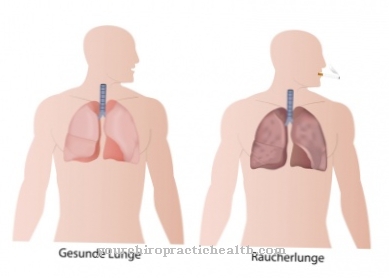







.jpg)
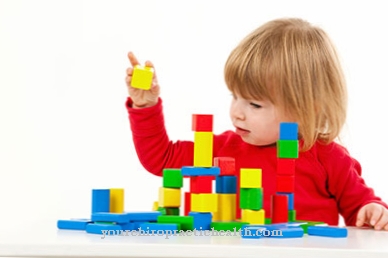

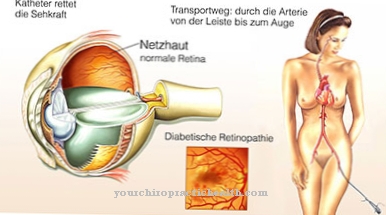




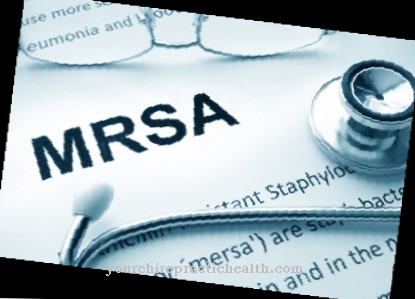

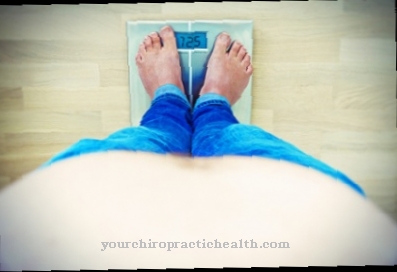


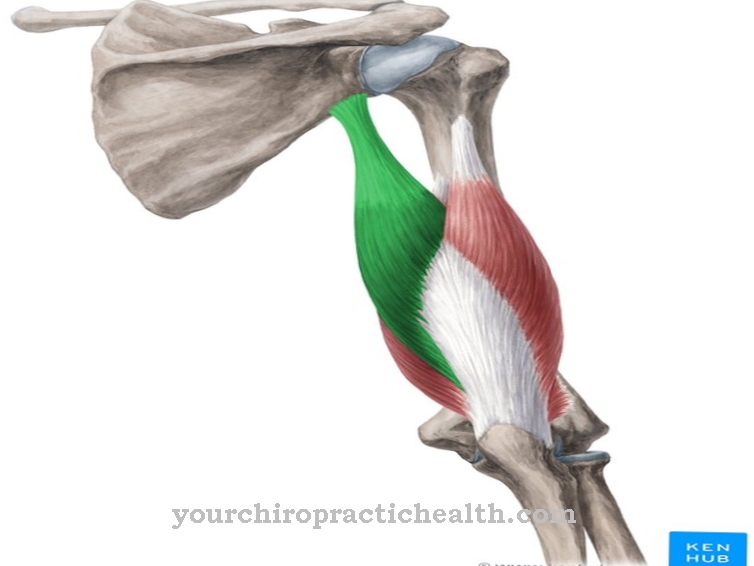
.jpg)

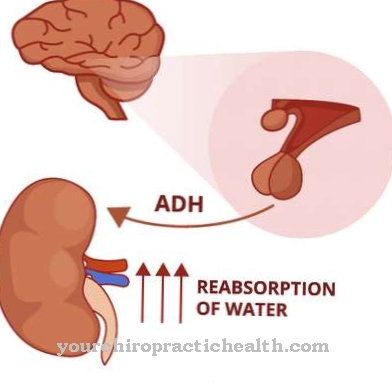

.jpg)
